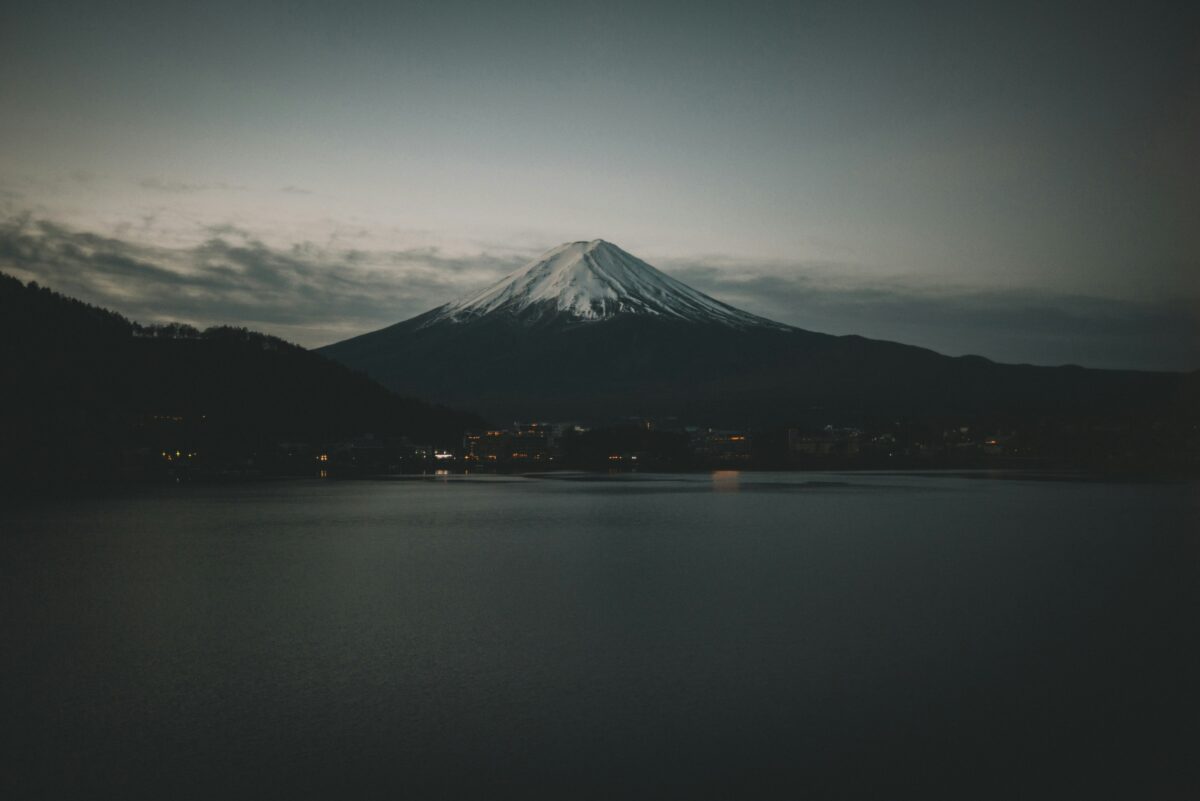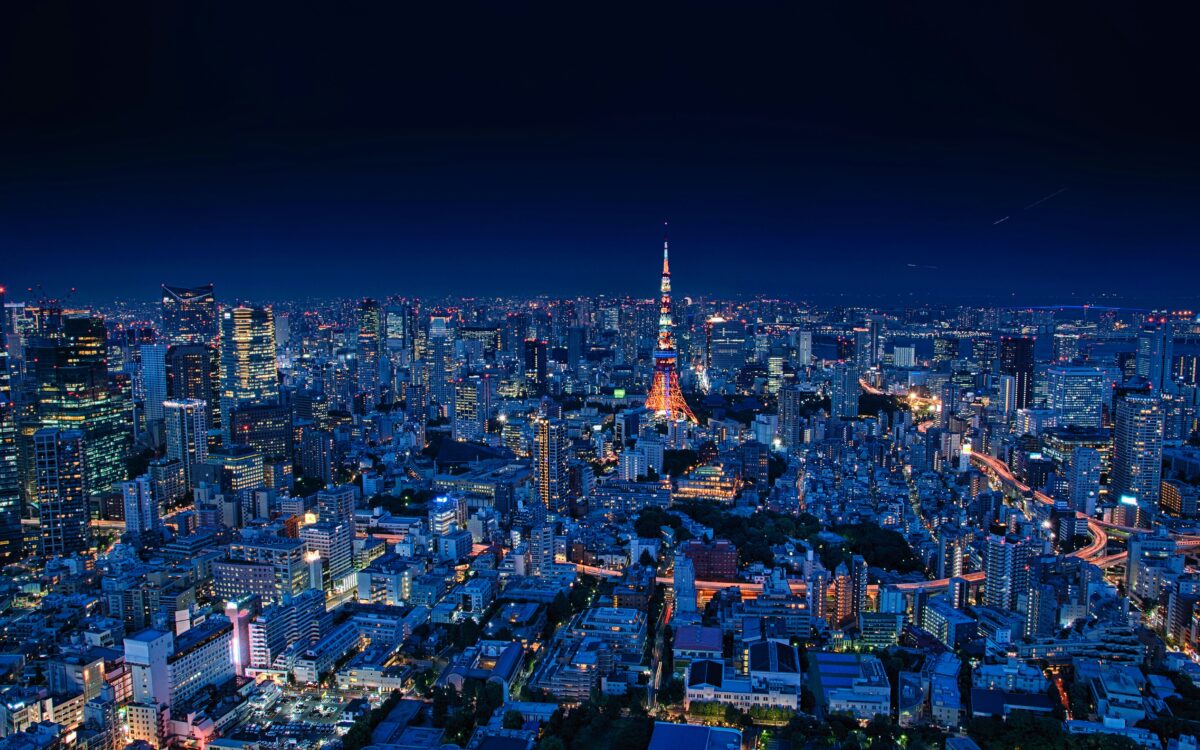Earthquakes in Japan can strike without warning, at any time of the year, day or night. As an island nation on the Pacific Ring of Fire, Japan is particularly prone to earthquakes, but on the plus side it is also one of the best prepared countries in the event of a megaquake. This guide provides crucial information on earthquake preparedness for foreign residents in Japan, in light of recent announcements from Japan’s Meteorological Agency.
This article is our attempt to provide useful and practical information to any foreign resident seeking guidance on how to prepare for an earthquake in Japan but also for those seeking advice on what to expect in the aftermath of a megaquake. As a foreign resident you are likely to be less prepared than the average Japanese person who has been learning disaster preparedness since their school days. However, the more educated we are, the more confident we will be in dealing with any emergency. We do understand this is not a light topic and do not wish to contribute to anyone feeling anxious or concerned. It’s worth mentioning at this point that TELL Japan is a wonderful organisation that runs a confidential mental health phone line for English-speakers in Japan (03-5774-0992), for which calls are free on Mobal voice SIMs/eSIMs.
Did You Know?
September 1st is known as ‘Bosai no Hi’ or ‘Disaster Prevention Day’ as it falls on the anniversary of the 1923 Great Kanto Earthquake. On this day many schools & companies run emergency earthquake drills.
Your Mobile Phone & Emergency Apps
When the 2011 earthquake in Japan and tsunami disaster occurred in Fukushima, northern Japan, most Japanese had simple mobile phones or flip-phones (the first iPhone was released later that year). Affected people relied almost entirely on voice calls with mixed results. In the immediate aftermath, many people were unable to make calls yet one of Mobal’s team members remembers being based in Europe at that time and making an international call from overseas to their family in Japan, so it’s hard to accurately predict what will happen.
In any case, three months later, in response to a need for a data-only solution, the LINE messaging app was launched. English language emergency apps soon followed. However, even without any app you can still expect to hear a high-pitched alert on your phone (from Japan’s Meteorological Agency Earthquake Early Warning) a few seconds before a large earthquake (the system is not perfect and there have been several false alarms).
A Few Seconds? Do Seconds Count
Many Japanese keep a pair of shoes close to where they sleep in the event of hearing an earthquake alarm. Wearing shoes can make escape easier and reduces the possibility of walking on broken glass.
However, generally, speaking, once an alarm sounds you should find a safe place to take shelter. These few seconds are also very important for Japan’s train system, providing enough time to slow high-speed trains before the heavy shaking.
Of course the apps introduced in this article also only take a few seconds to download and can even be downloaded before arrival in Japan. Taking a few seconds now can make a real difference. These apps are essential for earthquake preparedness:
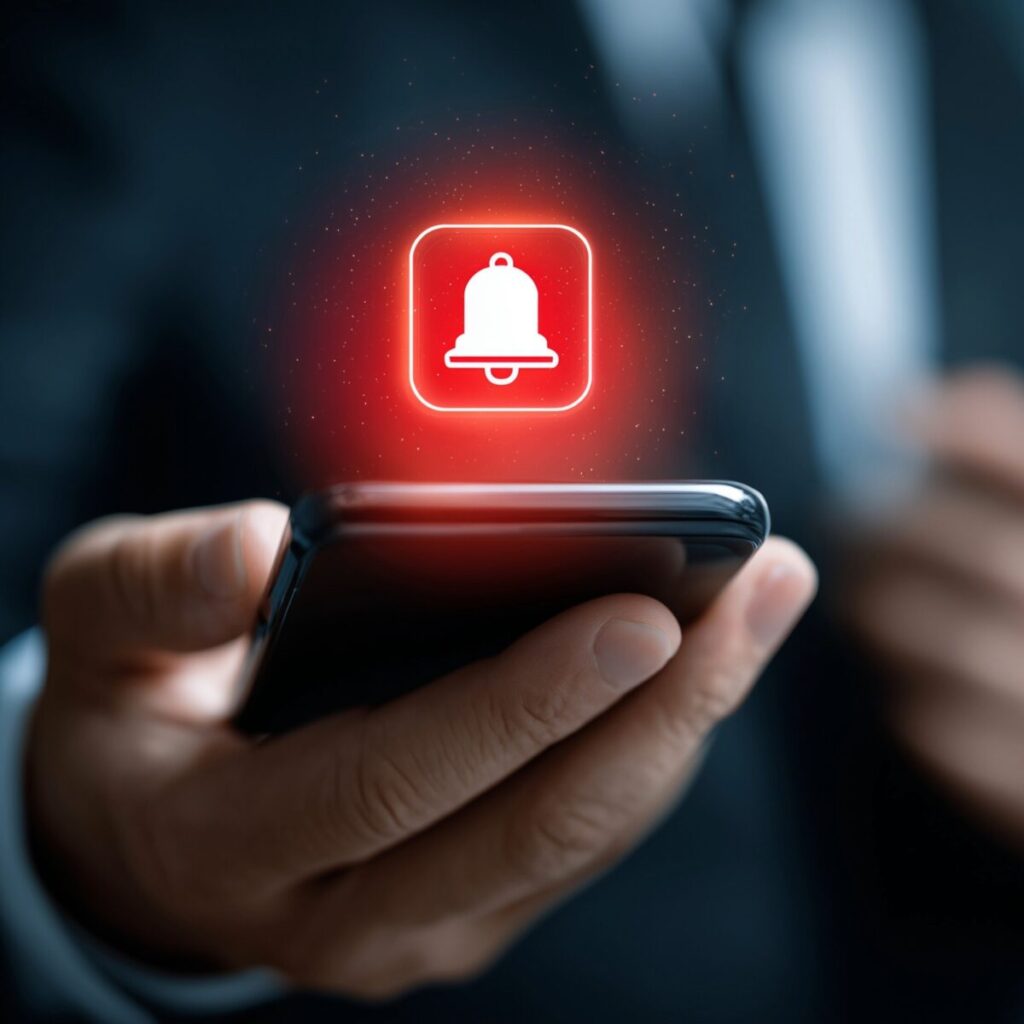
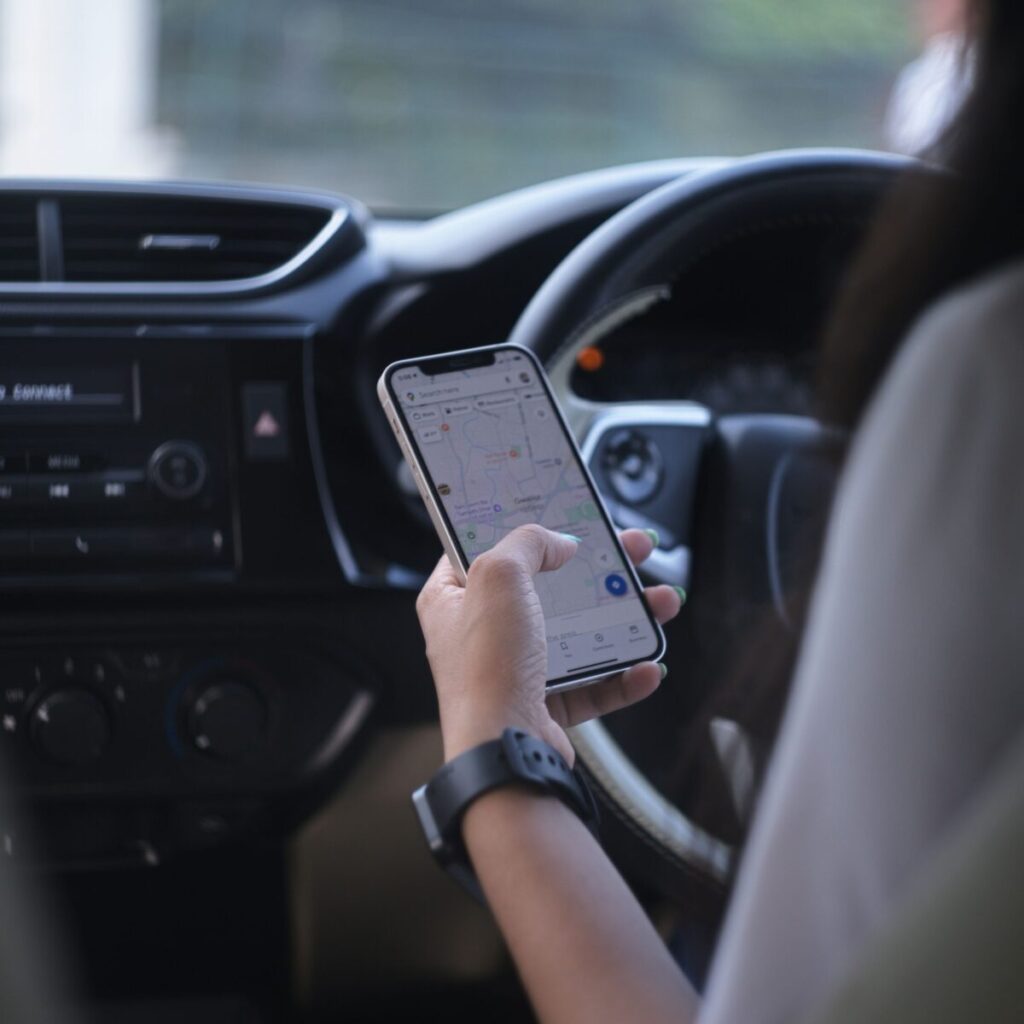
Emergency Apps
Yurekuru Call– this app sounds an alarm seconds before an earthquake and is believed to be more reliable than the above JMA phone alert. Users can change the alarm sound (which is useful as the official alarms are quite unnerving and can be listened to here– please use headphones to avoid causing upset). This app also allows you to customise notifications based on the seismic intensity of an earthquake. It’s also a visually appealing app with an interactive map of Japan tracking all earthquakes in Japan and uses a catfish symbol from Japanese mythology which might be a good icebreaker for parents planning to install an app in their family members’ phones.
Website: https://www.rcsc.co.jp/yurekuru-sp-en
Language: English, Japanese
Cost: Free
Japan Shelter- this app helps you locate your nearest shelter of which Japan has over 100,000 fitted with toilet and water facilities. Japan Shelter also broadcasts emergency radio and communicates disaster information in English.
Website: http://www.hinanjyo.jp/
Language: English, Japanese, Korean, Simplified Chinese, Traditional Chinese
Cost: Free
Safety Tips– this app sends alerts for any earthquakes with a seismic intensity of 4 or more. The ‘Useful Phrases’ section is really useful for non-Japanese speakers who might need to find a place to charge their phone or connect to WiFi .
Website: https://www.jnto.go.jp/safety-tips/eng/app.html
Language: English, Japanese, Korean, Simplified Chinese, Traditional Chinese
Cost: Free
MyMizu– this app is strictly speaking not designed solely for emergencies but it does provide a map to free water refill points across Japan, it is useful for everyone. Only available for iPhone users.
Website: Home (EN) — mymizu
Platform: iOS,
Language: English, Japanese
Cost: Free
Disaster Preparedness Tokyo App– created for Tokyo residents, this app is useful for anyone living in Japan. Learn to prepare for an emergency via various in-app tasks. Users can also download offline emergency maps using this app and has the option to pre-register people you wish to be notified in the event of an emergency.
Website: http://www.bousai.metro.tokyo.jp/foreign/english/taisaku/2001964/index.html
Platform: iOS, Android
Language: English, Japanese, Korean, Simplified Chinese, Traditional Chinese Cost: Free
Japan earthquake survival tips:
No electricity. In the event of a megaquake and assuming your home is safe to stay in, you will need at least 3-4 days supply of food & water for each person. Food stored in your fridge or freezer will be of little use after the first 8 hours or so without electricity, so there is a need to plan ahead.
If it’s dark when an earthquake strikes, the flashlight function on your phone is your first option. Although some Japanese homes are equipped with small dim night lights that work in an emergency, we recommend preparing a flashlight or LED lantern for such emergencies.
Amazon Japan and similar online merchants sell emergency radios with built-in solar-powered (or hand-cranked) flashlights that can also double up as phone chargers which is also a piece of equipment that could be used on camping trips.
Of course it’s possible that any power outage may only be affecting one or more rooms so check if lights work in other rooms, if there are lights outside and if vending machines are dark or lit up.
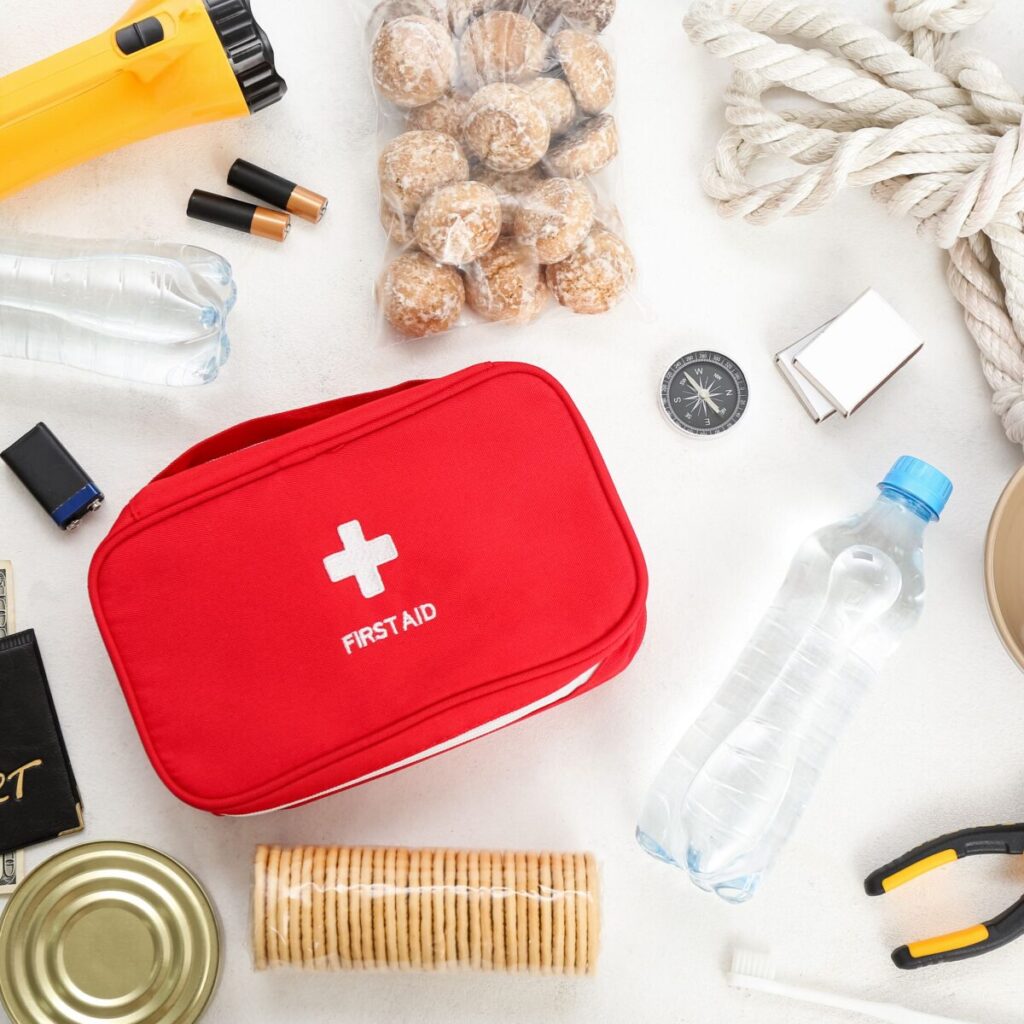
Falling Things. Your head or neck are most vulnerable to injury as items in your home might fall off shelves or from the ceiling. Having a helmet is a must and many Japanese families keep their bicycle helmets close by for just that reason. The alternative is to use a bag or rucksack.
Know Your Evacuation Route. Ideally you will already know the location of the nearest evacuation shelter and family members will have considered how to walk from work or school to home. Here’s a fascinating article in Japanese which highlights the story of one man’s 40 kilometre walk home in the aftermath of the 2011 earthquake in Japan. Some of his first actions almost constitute an emergency plan in their own right- here is what he did first:
- Withdrew cash from an ATM
- Purchased a paper map
- Snacks for energy
- Battery powered mobile phone charger
- Water
(he already had a backpack)
Offline Solutions. Like the man in the above article, it makes sense to prepare for a few days living offline. Storing your family & friends phone numbers in written format in your home emergency kit along with emergency contacts is a simple yet easy to overlook task. Passports and bank details along with cash make sense too. And that brings us to another overlooked and easy to overcome challenge- toilets!
Emergency Toilets. A survey conducted among those affected by the 2011 earthquake asked how many hours it took before they needed to use the toilet after the disaster. Seventy percent of respondents said they needed to go within six hours. Assuming water supply is disrupted by the earthquake, there is a high likelihood that flush toilets will not function. The solution? Emergency toilets.
Single-use emergency toilets are available for as little as 100 yen at Japan’s well-known chain store, Daiso. However, with a bit of preparation—and a little more help from Daiso in the form of 30-litre rubbish bags—it is possible to set up an emergency toilet solution that can last for several days, as demonstrated in this video. If that’s not an option, Amazon Japan and similar retailers also offer a wide variety of choices.
Did You Know These Things About Japan?
Yoshinoya’s beef bowls known as ‘Gyudon’ are popular among Japan’s foreign residents. After the 2024 Noto earthquake, the company’s e-commerce site saw a spike in traffic. Even in an emergency it seems people wanted their favourite food- albeit the canned, long-life version! See:
https://e-shop.yoshinoya.com/shop/e/ekanmeshi/
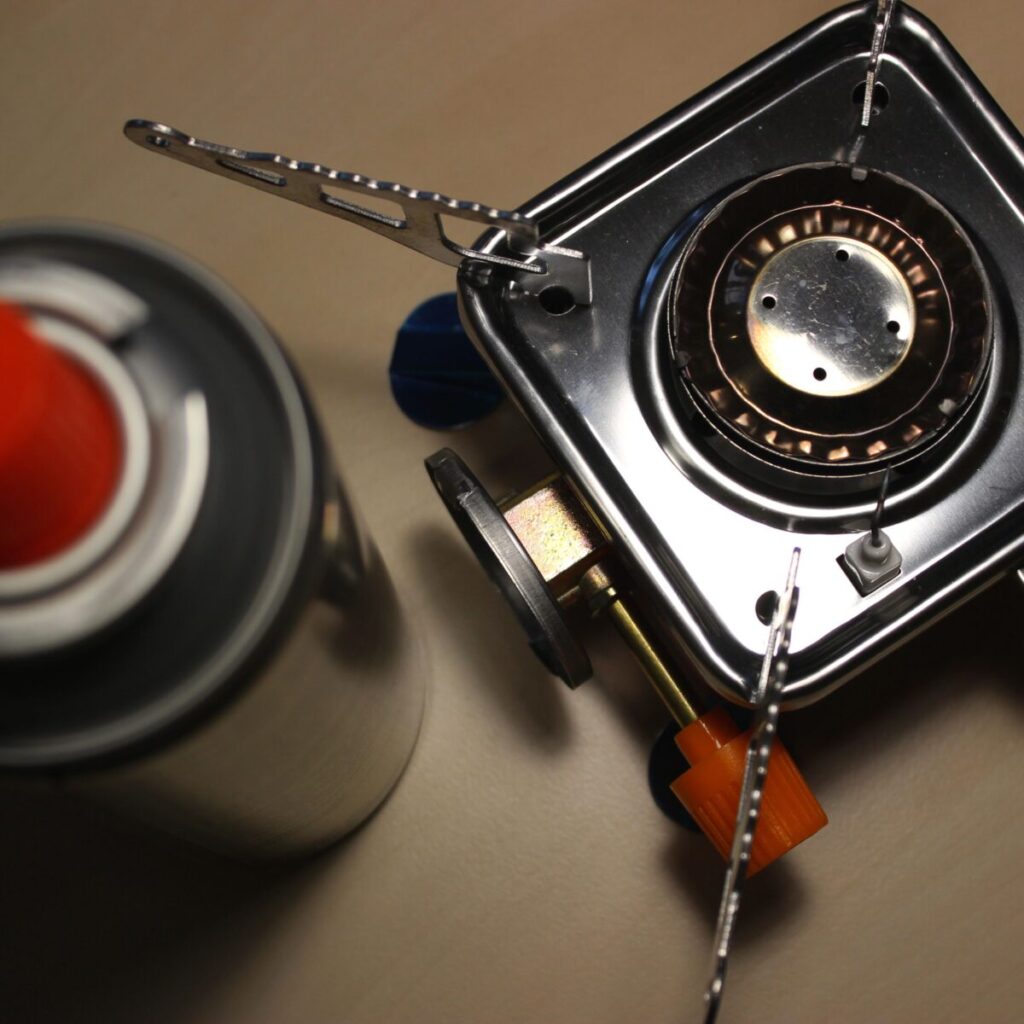
Did You Know?
Most Japanese cook at home and outdoors using a portable gas burner known as a ‘Konro’. Make this item part of your daily life in Japan. Very useful in the event of no gas or electricity.
Did You Know?
Japan is famous for cup noodles. In an emergency you can make noodles by simply adding room temperature water and waiting 20 minutes approx. In fact, this is the method of choice for many Japanese during the hot summer.
Did You Know?
Most emergency rations in Japan expire after 3-year. Every year new companies enter the market like this one that offers emergency food products with a 7-to-10-year shelf-life. See: https://gdac.net/en/
At Work- What to Expect?
Most Japanese companies organise evacuation drills for their workforce and it certainly forms part of Mobal’s onboarding process for all new employees. Knowing how to use the fire escape stairs and use a fire extinguisher are the core elements. Mobal also provide each employee with this Disaster Prevention Kit as well as stockpile long-life water & food for such emergencies.
Your Earthquake Emergency Kit Checklist
- A flashlight & FM Radio (possibly combined)
- Batteries
- Mobile Phone battery charger
- First-Aid Kit
- Blankets
- Rainwear
- Important Documents (passports, health insurance cards, phone numbers, etc)
- Emergency Toilet
- Map- Emergency Maps of Tokyo with suggested walking routes available in Japanese from online retailers such as Amazon Japan might be useful in the absence of an English language option.
- Can opener
- Plastic wrap- can be used to line food bowls to avoid using water to wash up and can also be used to dress wounds or burns.
- Wet Tissues
- And of course…food & drink!
Emergency Food & Drink
In a large earthquake logistics may cease to function. Supermarkets and convenience stores, if open, will soon run out of necessary supplies. The Japanese government recommends its citizens to stockpile water, food and other necessities for at least 3 days but ideally enough for one week. Tokyo’s Metropolitan Government runs a similar campaign encouraging people to get into the habit of ‘daily stockpiling’ as can be seen in this slightly odd campaign video. Mobal has compiled a sample list for 2 adults for 1 week in an emergency.
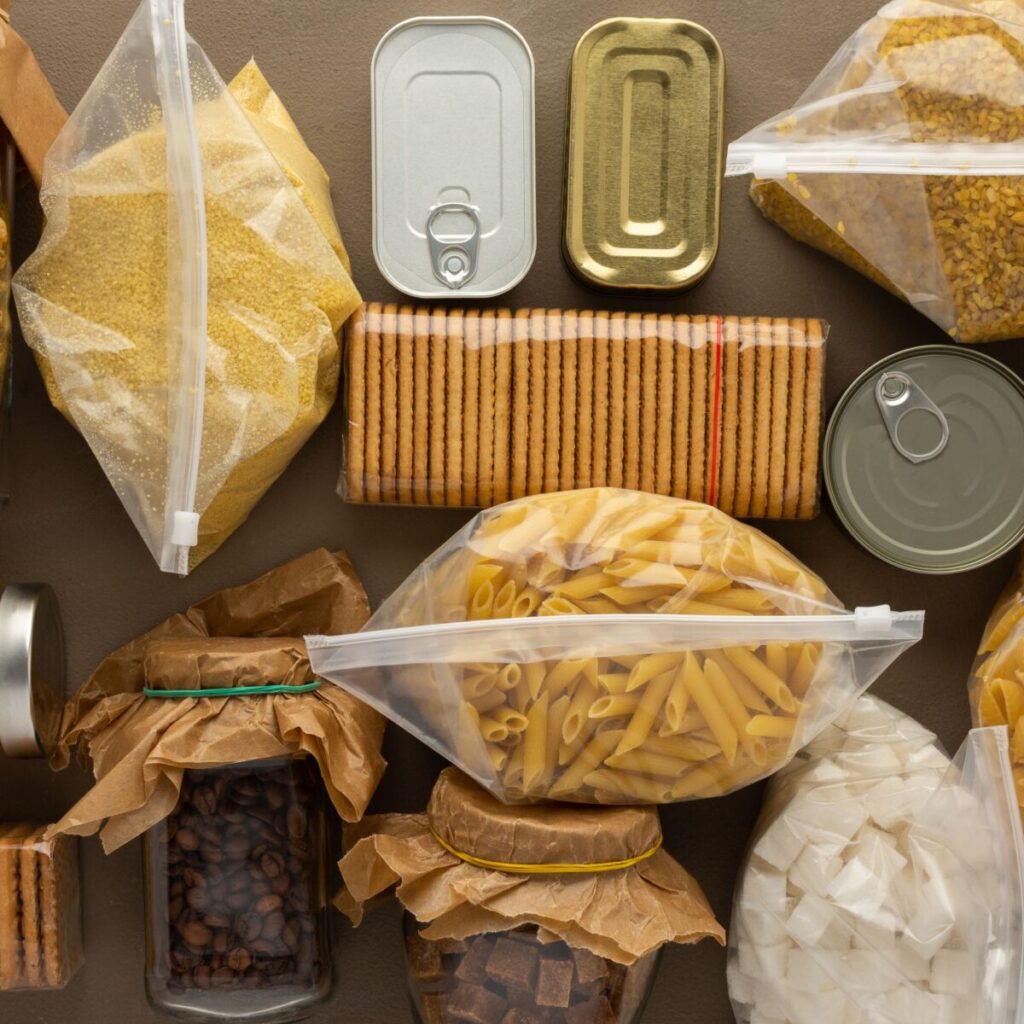
Emergency Food Preparation List for 2 Adults (1 Week)
Water and Beverages
- Bottled Water 2L x 24 bottles (approx. 3L per person per day)
- Tea and Soft Drinks Stock in plastic bottles or cans
Cooking Supplies
- Portable Stove x 1
- Gas Cartridges x 12 (less than 1 cartridge per person per day)
Staple Foods
- Rice: 2kg x 2 bags (approx. 75g per person per meal)
Instant Noodles
- 2 bags of somen (300g/bag)
- 2 bags of pasta (600g/bag)
- Cup Noodles x 6 cups
- Precooked Rice Pack x 6 packs
- Others: Breakfast cereal, long-life milk, etc.
Main Dishes (Protein)
- Vacuum-Packed Food: 18 items (e.g., precooked beef bowls, curry)
- Pasta Sauce x 6 packs
- Canned Food 18 cans (of your preference)
Side Dishes and Others (As Needed)
- Vegetables: Long-lasting types (e.g., onions, potatoes)
- Juices and Fruits: Vegetable juice, fruit juice, dried fruits
- Condiments: Salt, sugar, soy sauce, noodle soup base
- Soup: Instant miso soup, other soups
- Snacks: Chocolates, biscuits, etc
